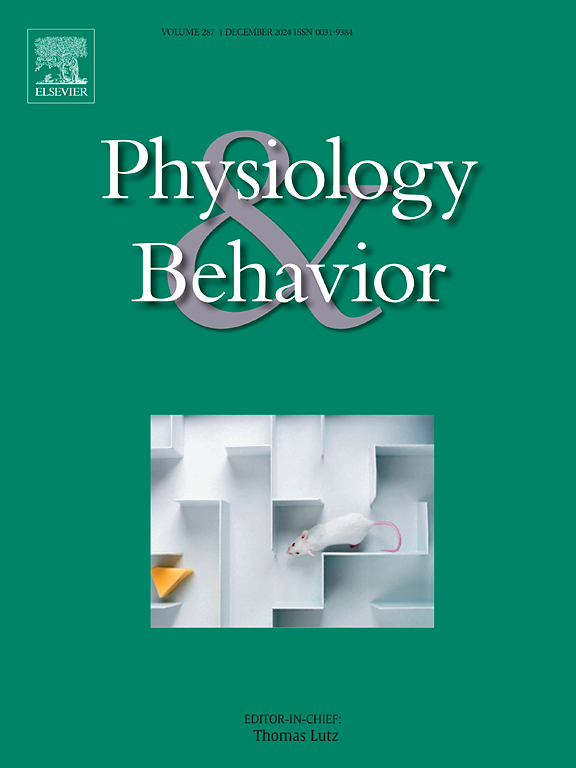通过日常生活中额外的心率变异性降低来预测心脏内感受性准确性和敏感性的波动
IF 2.4
3区 医学
Q2 BEHAVIORAL SCIENCES
引用次数: 0
摘要
心脏间充性,以准确性(IAcc)和敏感性(IS)评估;对健康和幸福都很重要。探索心脏内感受动态的生态瞬时评估研究显示,IAcc和IS在日常生活中有很大的波动。(生理指示的)压力增加的状态,如心率变异性(HRV)降低,可能会妨碍内感受技能,而更放松的状态(更高的HRV)似乎与IAcc增加有关。在此基础上,我们研究了独立于代谢需求的HRV降低(即额外HRV降低,AddHRVr)是否可以(不同地)预测IAcc和IS。在119名参与者的初始样本中,使用(最多)连续三天的数据,我们模拟了AddHRVr的预测值。我们发现,动态心脏间感受任务前的AddHRVr预测较差的IAcc和较高的IS。我们在66名参与者的独立样本中重复了这一发现模式。这两项研究都首次揭示了日常生活中IAcc和IS的动态变化,这似乎与使用AddHRVr有所不同。这为及时适应干预(JITAIs)奠定了基础,该干预支持处于高度脆弱状态的个体并促进心脏内感受技能。本文章由计算机程序翻译,如有差异,请以英文原文为准。
Predicting fluctuations in cardiac interoceptive accuracy and sensibility through additional heart rate variability reductions in everyday life
Cardiac interoception, assessed in terms of accuracy (IAcc) and sensibility (IS; beside others), is important for health and wellbeing. Ecological momentary assessment studies exploring the dynamics of cardiac interoception showed substantial fluctuations of IAcc and IS in everyday life. States of increased (physiologically indicated) stress, such as decreased heart rate variability (HRV), may hamper interoceptive skills, while more relaxed states (higher HRV) seem to go along with increased IAcc. We built on this and investigated if higher (physiological) stress indicated via HRV reductions independent of metabolic needs (i.e., additional HRV reduction, AddHRVr) could (differentially) predict IAcc and IS, respectively. In an initial sample of 119 participants, with data of (up to) three consecutive days, we simulated the predictive value of AddHRVr. We found that AddHRVr before an ambulatory cardiac interoception task predicted poor IAcc and higher IS. We replicated this pattern of findings in an independent sample of 66 participants. Both studies provide first insights into the dynamics of IAcc and IS in daily life, which seems to differ when following AddHRVr. This lays the groundwork for just in time adaptive interventions (JITAIs) supporting individuals in states of high vulnerability and promoting cardiac interoceptive skills.
求助全文
通过发布文献求助,成功后即可免费获取论文全文。
去求助
来源期刊

Physiology & Behavior
医学-行为科学
CiteScore
5.70
自引率
3.40%
发文量
274
审稿时长
47 days
期刊介绍:
Physiology & Behavior is aimed at the causal physiological mechanisms of behavior and its modulation by environmental factors. The journal invites original reports in the broad area of behavioral and cognitive neuroscience, in which at least one variable is physiological and the primary emphasis and theoretical context are behavioral. The range of subjects includes behavioral neuroendocrinology, psychoneuroimmunology, learning and memory, ingestion, social behavior, and studies related to the mechanisms of psychopathology. Contemporary reviews and theoretical articles are welcomed and the Editors invite such proposals from interested authors.
 求助内容:
求助内容: 应助结果提醒方式:
应助结果提醒方式:


